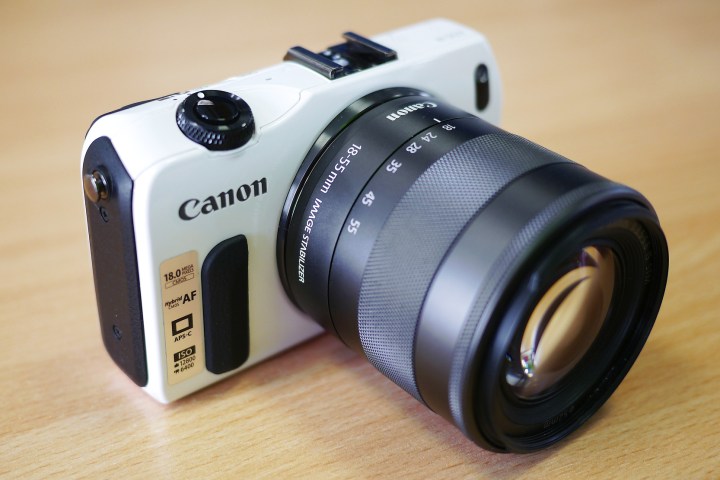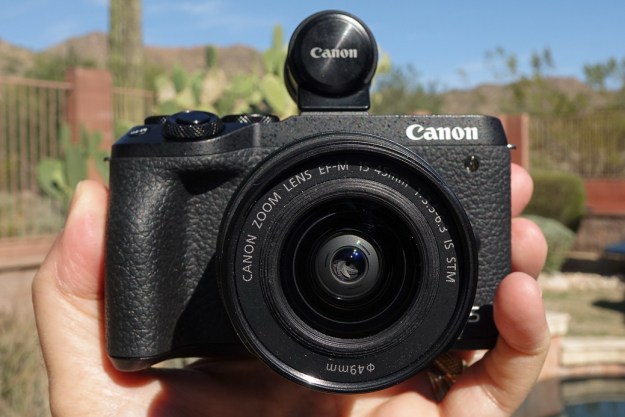
Filed back in November 2014, the patent (translated from Japanese) was only recently published under Patent Publication No. 2016-102851. Inside the patent, Canon lays out the framework for a decently fast f/2.8 lens that barely falls into the wide-angle category.

According to the diagram, the lens is constructed of 11 elements in eight groups, one of which uses the same Diffractive Optics (DO) technology seen in Canon’s 1,000mm patent. Considering DO is usually reserved for shrinking down the size and weight of telephoto lenses, it’s strange to see Canon utilizing it in such a small lens.
What stands out in this lens patent, though, isn’t the use of Canon’s DO technology — it’s the fact it’s very likely designed for a full-frame camera, as pointed out by Egami. This, in addition to the ongoing rumors, teases the idea of Canon eventually releasing a full-frame mirrorless camera.
Furthermore, if it does turn out that this is a lens for a full-frame mirrorless camera, it disproves the rumors that Canon’s impending product will be able to use Canon’s current EF lens lineup. As with many mirrorless systems though, it’s likely an adapter would be made so Canon users wouldn’t completely have to reinvest in a new system from the get-go.
Whatever happens, Canon’s latest list of patents show that it’s working hard on building up an ever-growing collection of photography technology regardless of the route it takes.
Editors' Recommendations
- The best full-frame cameras
- Canon EOS R5 vs. Sony A7S III vs. Panasonic S1H: Best full-frame for video?
- Canon’s affordable new full-frame mirrorless lenses are exactly what it needed
- The best Canon cameras
- Nikon D780 vs Canon EOS 6D Mark II: The battle of budget full-frame DSLRs




